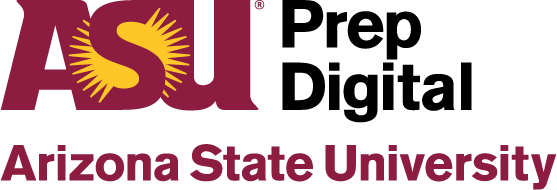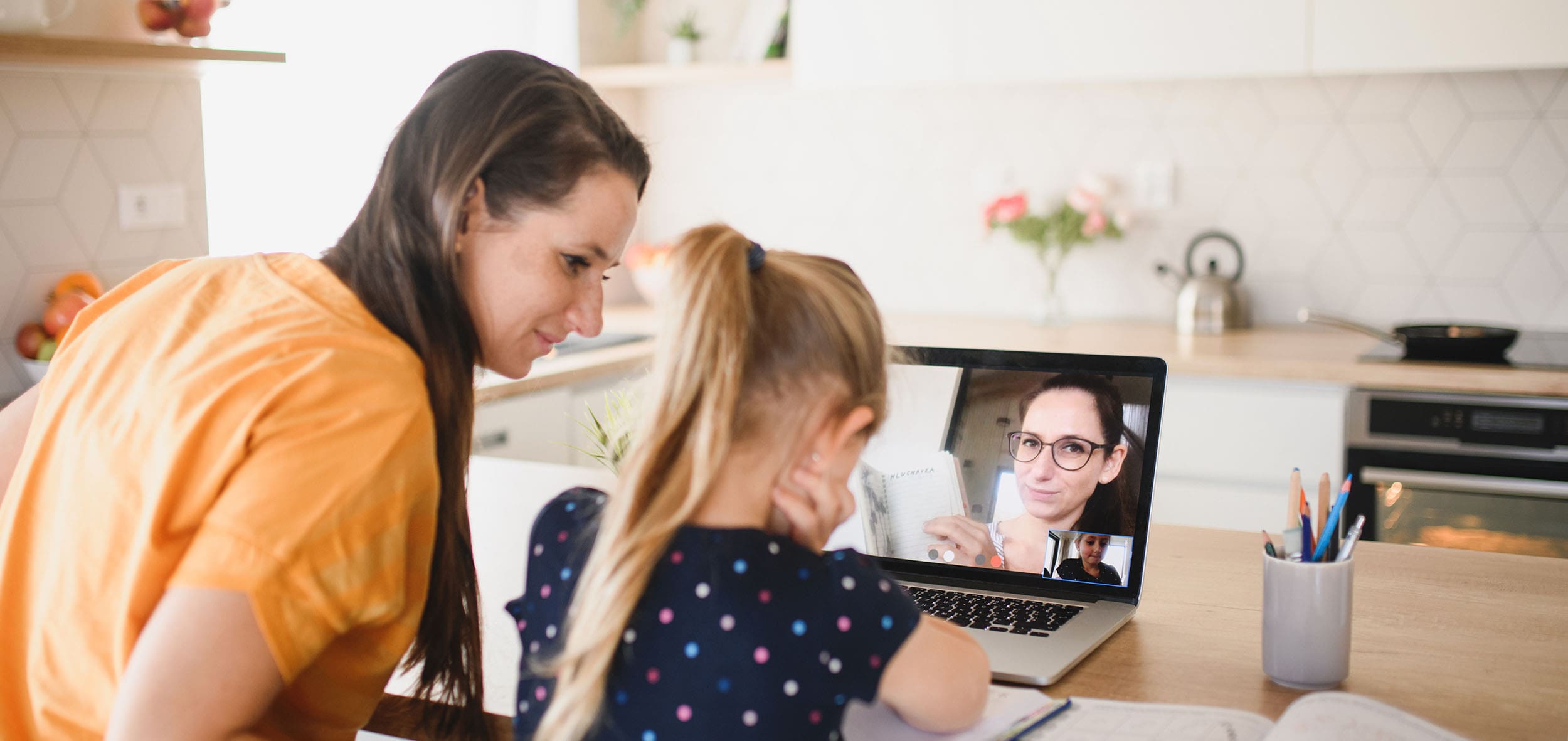The ASU Prep Digital Partnership: Student, Parent, Teacher, Community
All students, regardless of age or grade, want to feel valued and cared about. They want to be seen, understood, and accepted. Whether attending school in person or online, finding connections is critical to their educational success.
Sociologist Joyce Epstein, a professor at the Johns Hopkins School of Education and founder of the National Network of Partnership Schools, has gathered decades of research showing the correlation of connections between schools and families, and their influence on students’ education. ASU Prep Digital wholeheartedly believes the student/family connection to school, teachers, and community supports student achievement.
Student/Family Connections
“We know that parent involvement raises student achievement,” said Emily Mulvihill, M.Ed., ASU Prep Digital Elementary School Assistant Principal. “When parents communicate their expectations and can link learning to current events, it has value and is a strong association to student achievement.”
Dr. Sage Sirotkin, ASU Prep Digital High School Principal agrees. “When parents are involved, we see higher GPAs and outcomes in math and reading. It’s vitally important to create a community with the parents for the success of the student and school.”
Partnership is the heart
ASU Prep Digital is focused on creating connections with students and families to build meaningful partnerships.
“It’s the heart of what we do; it sets us apart,” said Sirotkin. “Our first priority is building relationships. When students recognize that we support them and believe in them, they will strive to achieve because we built that connection. Our ‘secret sauce’ is we create connections.”
“Our younger students especially need more connection, and we take it very seriously,” said Mulvihill. “We make it a high priority to meet with students and families and engage in a variety of ways. Our parents are truly partners in the learning experience. They’re home educators—it’s a collaborative partnership and our model as a school.”
Parents are invited to come to live lessons, join in coffee chats and discussions, and are encouraged to be involved in school events—no matter what their child’s grade.
“Parental involvement doesn’t end at 6th grade. We make sure we continue through high school,” Sirotkin said.
Building connection virtually
When does connection start? Sirotkin stated, “It starts at the beginning from day one. Those calls we make are the first impression and connection with our students. Teachers find out what the student is about and what life is like when not in school. It’s important to just be yourself. Let them get to know you reciprocally as well—to see you as a person who has hobbies, interests, pets.”
“We love having parent guest speakers and this year in First grade we had career day with a parent panel of experts including a pilot and music producer,” said Mulvihill. “Parents can also participate in clubs along with their students or as a club guest speaker.”
The latest format for connecting families and students is a learning pod. Teachers match students geographically and share the contact information with the parent pod group leader. Participation is voluntary, and in this model, families plan in-person activities to get the students together for shared learning experiences.
“Pods have become so popular that a lot of students have requested to be in the same classes this year,” she said.
Many teachers extend their time outside of the classroom because they, too, are enjoying the close connection. In fact, many teachers have told Sirotkin that they feel more connected to their students than when they were in a face-to-face classroom. In an online school format, teachers are able to spend the time to develop those individual 1:1 connections. Last year, ASU Prep Digital teachers planned park days, scavenger hunts and field trips to meet up with families for learning fun and additional relationship building.
Clubs and community involvement
Students need a safe space to explore interests, strengthen skills, and build their resume–as well as connect with others who have a similar passion. Clubs and extracurricular activities are a great way for students to get involved and make friends outside of taking courses. ASU Prep Digital offers nearly three dozen clubs, with more being added based on students’ feedback and interests. Robotics, National Honor Society, Model UN, veterinary club, and creative writing are just a few to choose from.
Families are also encouraged to connect with the university community and utilize available resources.
“Arizona State University is number 1 for innovation and we extend that thinking to our digital world,” said Sirotkin. “The school, administrators, teachers—everybody has a responsibility to get the family involved. We’re learning and willing to try things to build that connection to community and to families.”
With a firm partnership in place to support students both in and outside of the classroom, ASU PD students are connected at the core, and poised to achieve.
Resources
25 Years of School and Family Connections
National Network of Partnership Schools


